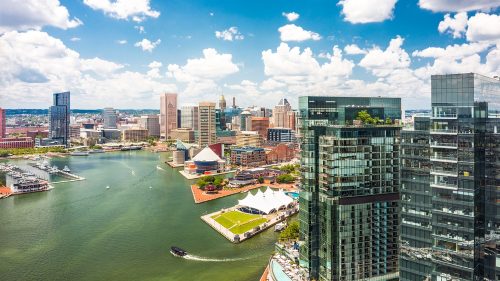In 1990, when Mohamed Al-Hamdani was eight, he and his family fled Iraq. Al-Hamdani’s father was part of the uprisings against Saddam Hussein, and the country was no longer safe for them. After two years in a Saudi Arabian refugee camp, they were resettled in Dayton, Ohio. It wasn’t easy. As a Muslim family with five children and minimal English, they felt out of place in a predominantly white country. “People were always nice to us,” he says, “but having to explain who you are and what your religion is on a regular basis became tiring.”
Fortunately, the local mosque provided a place of belonging, along with interpreters and transportation. Church World Services helped them find housing and provided cash assistance and job training. The Dayton Public School system offered ESL classes. Within a matter of years, the family was fluent in English and American culture. Al-Hamdani and his siblings excelled at school. And his father made a good living working as a welder.
Over time, Al-Hamdani came to see America as his home–so much so that, from 2007 through 2010, he was a cultural advisor for the Department of Defense. There, he designed and implemented a training program to help Marines prepare for peacekeeping missions in Iraq. “My unique background helped me develop cultural and linguistic immersion training for over 3,000 Marines before they deployed to Iraq,” he says.
After DOD, Al-Hamdani received a law degree and became a manager at CareSource Management Group in Dayton. Then came the “Muslim ban” and rising Islamophobia. “As a Muslim and former refugee who has worked hard and helped America when it went to war with my country of birth, that was a startling and jarring moment,” he says.
It motivated me to step up and make sure my kids saw positive Muslim role models, including myself.
Al-Hamdani opened an immigration law practice to help other newcomers and ran for the Dayton Public Schools Board of Education. He’s thrilled to serve the school system that educated his entire family–from his siblings to his own school-age children. “The schools are the epicenter of our community, and during this challenging pandemic year, I’m proud to give back to an institution that has given my family so much.”




